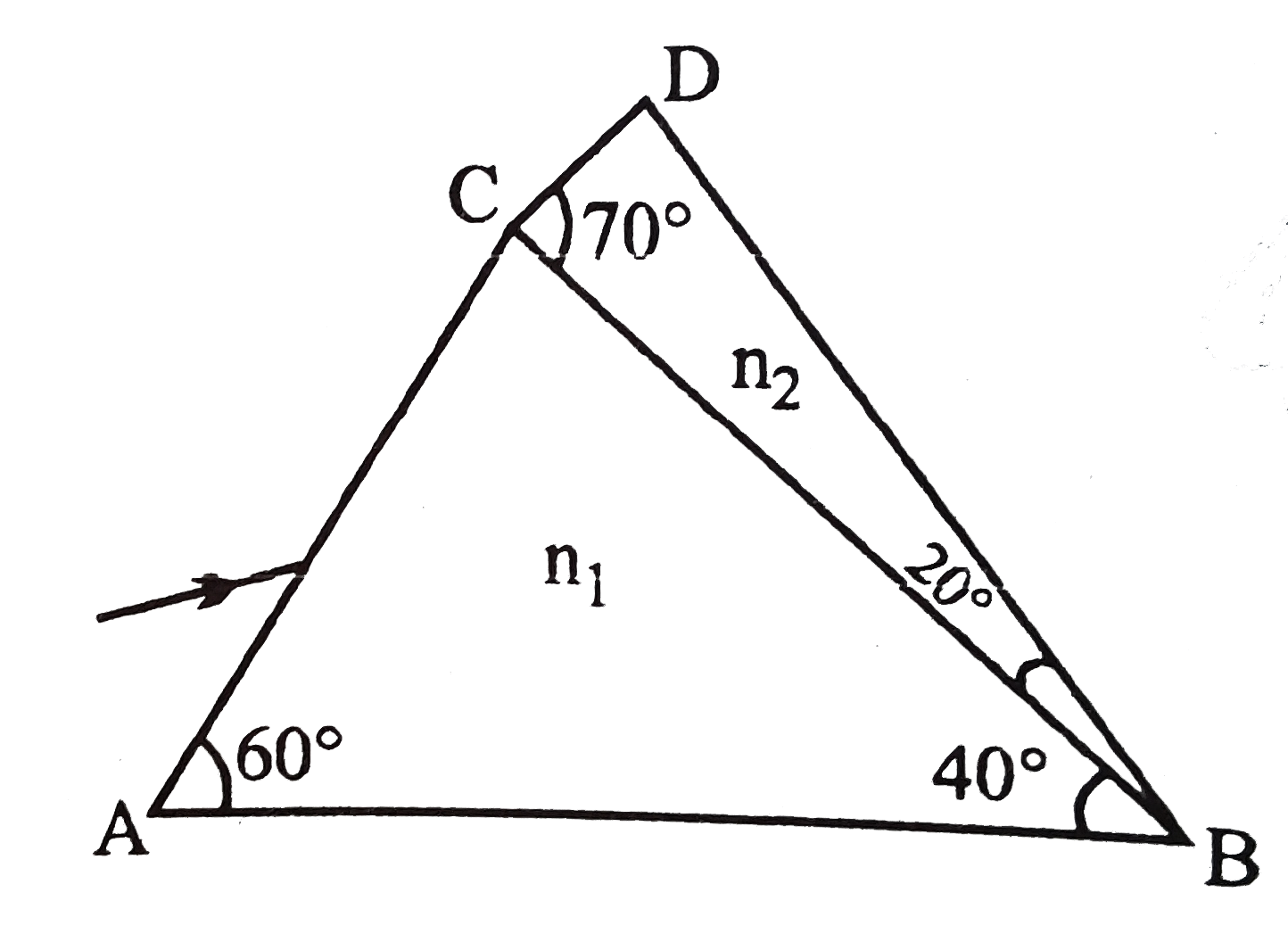Which of the following processes must violate the first law of thermodynamics (Q=W+ΔE∫)?Solution in Gujrati
(a)W>0,Q<0 and ΔE∫>0
(b)W>0,Q<0 and ΔE∫<0
(c)W<0,Q>0 and ΔE∫<0
(d)W>0,Q>0 and ΔE∫<0
The correct Answer is:A, C
For (A):W>0 & ΔE∫>0⇒Q>0
( ) For (B): W>0 &ΔE∫<0⇒Q>0 or Q<0
For (C):W<0&ΔE∫<0⇒Q<0 For (D):W>0 & ΔEint<0⇒Q>0 or Q<0
Topper's Solved these Questions
- GEOMETRICAL OPTICSBOOK - ALLEN CHAPTER - GEOMETRICAL OPTICSEXERCISE - EXERCISE -01
65 Videos
- GEOMETRICAL OPTICSBOOK - ALLEN CHAPTER - GEOMETRICAL OPTICSEXERCISE - EXERCISE -02
82 Videos
- GEOMETRICAL OPTICSBOOK - ALLEN CHAPTER - GEOMETRICAL OPTICSEXERCISE - subjective
14 Videos
- CURRENT ELECTRICITYBOOK - ALLEN CHAPTER - CURRENT ELECTRICITYEXERCISE - EX.II
66 Videos
- GRAVITATIONBOOK - ALLEN CHAPTER - GRAVITATIONEXERCISE - EXERCISE 4
9 Videos
Similar Questions
On an X temperature scale, water freezes at −125.0∘X and boils at 375.0∘X. On a Y temperature scale, water freezes at −70.0∘Y and boils at −30.0∘Y. The value of temperature on X-scale equal to the temperature of 50.0∘Y on Y-scale is
View SolutionA triangular plate has two cavities , one square and one rectangular as shown in figure . The plate is heated.
_E01_066_Q01.png)
View SolutionA prism of refractive index n1 & another prism of reactive index n2 are stuck together without a gap as shown in the figure.The angle of the prisms are as shown. n1&n2depend onλ,the wavelength of light according to n1=1.20+10.8×104λ2&n2=1.45+1.80×104λ2 where λ is in nm.

(i)Calculate the wavelength λ0for which rays incident at any angle on the interfaceBCpass through without bending at that interface.
(ii) for light of wavelength λ0,find the angle of incidencei on faceACsuch that the deviation produced by the combination of prism is minimum.
View SolutionIn the Bohr's model of hy drogen atom, the electron moves around the nucleus in a circular orbit of radius 5×10−11m. Its time period is 1.5×10−16s. The current associated with the electron motion is:-
View SolutionAssertion : The difference in the value of acceleration due to gravity at pole and equator is proportional to square of angular velocity of earth.
Reason : the value of acceleration due to gravity is minimum at the equator and maximum at the pole.
View SolutionState and explain first law of thermodynamics. Discuss the application of first law of thermodynamics to (i) isothermal process, (ii) adiabatic process.
View Solutionउष्मागतिकी के प्रथम नियम को बताइए तथा इसका गणितीय रूप लिखिए । उष्मागतिकी के प्रथम नियम से रुद्धोष्म प्रक्रिया को समझाइए ।
View Solutionउष्मागतिकी का प्रथम नियम लिखिए और उसकी व्याख्या कीजिय । किन परिस्थितियोँ में इससे Q = w प्रताप होता है
View SolutionThe first law of thermodynamics for isothermal process is
View SolutionWhich of the following is the equation for first law of thermodynamics, when the process is adiabatic ?
View SolutionIf q=ΔU− by first law of thermodynamics then for an adiabatic process
View SolutionWhich of the following does not follow first law of thermodynamics ? (W = work , q = heat, ΔU = change in internal energy )
View SolutionAccording to first law, for a cyclic process q+w=________.
View SolutionAccording to the first law of thermodynamics, triangleU=q+w | Write the form of the equation in the case of the following process: The thermal process
View Solutionकथन : ऊष्मागतिकी का प्रथम नियम ऐसे कई प्रक्रमों को बताता है जो कि घटित नहीं होते हैं।
कारण : ऊष्मागतिकी के प्रथम नियम का किसी भी घटित होने वाले प्रक्रम के लिए उल्लंघन नहीं होना चाहिए।
View Solutionकथन : समतापीय प्रक्रम में किसी वस्तु की दी गई सम्पूर्ण ऊष्मा कार्य में परिवर्तित हो जाता है।
कारण : ऊष्मागतिकी के प्रथम नियम से Q=W+ΔU.
View Solution
